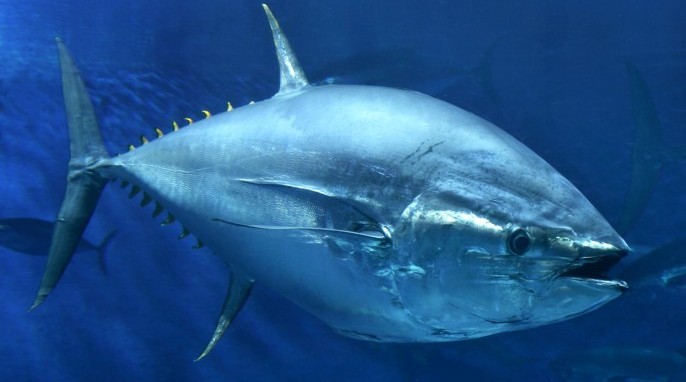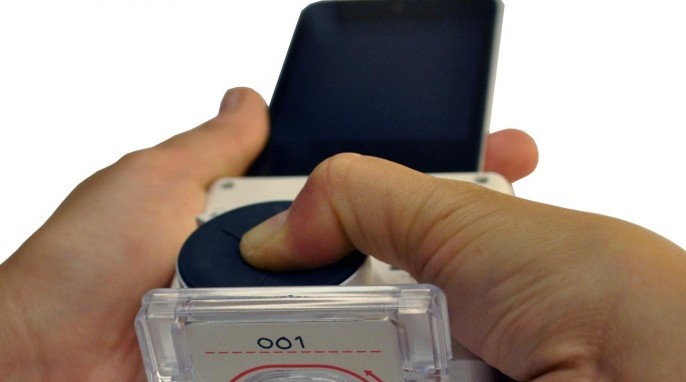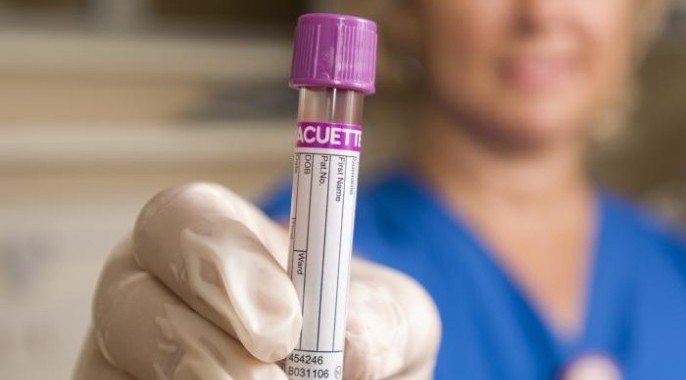Science of Sloshing: Why Foam is Important
Have you noticed that adding foam to the top of a coffee makes walking with it easier? Foam reduces sloshing in drinks and other liquids. By Kate Stone Most of us know that carrying a full cup of hot coffee can be precarious and just one wrong move could send a wave of java sloshing over the rim. But have you ever noticed that adding a bit of foam to the top of the coffee makes moving with it easier? Scientists have found out why just a few layers of…
Read More









